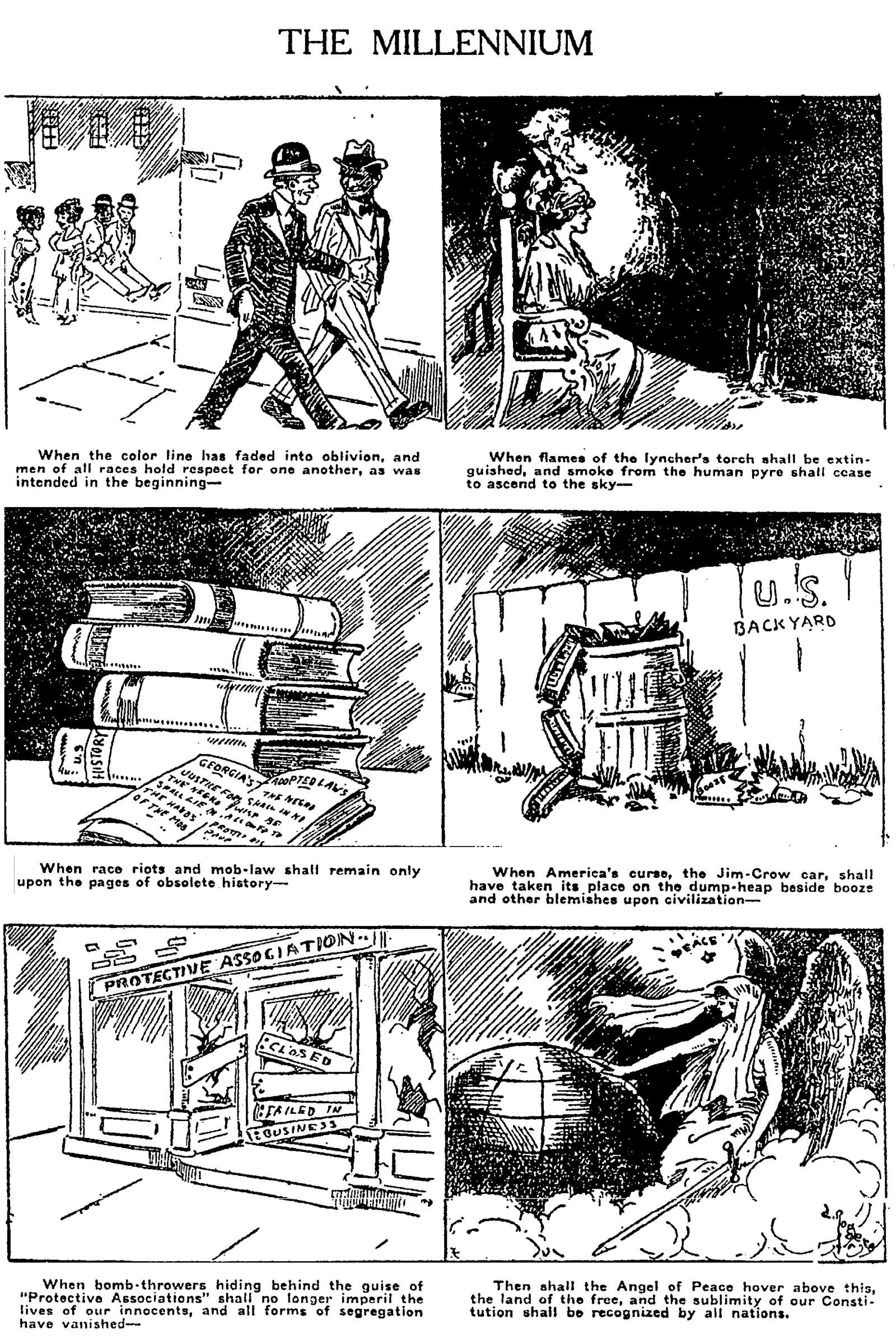In 1922, the Chicago Commission on Race Relations published an 822-page report in the wake of the 1919 Race Riots that shook Chicago. The report cataloged the systemic inequities between African Americans and white Chicagoans, including the wide disparities that existed in access to health services, housing, employment, education, and policing.
Sadly, the institutionalized racism described in that report from 98 years ago remains today.
Chicagoans and Americans in many other cities are facing unrest and violence anew. Protests are not solely a reaction to a single incident of horrific police brutality; they are a response to the systemic racism that has plagued the United States for centuries. The Newberry expresses sympathy to the victims of racial violence in Chicago and across the nation, as well as to those who endure racial discrimination every day.
At the Newberry, we believe deeply that historical context should inform how we respond to contemporary crises. Remaining silent about inequities in our society at this troubling moment of both social unrest and pandemic is tantamount to complicity. Instead, we must come together in community (even if virtually) to confront painful histories and build a better future.
At difficult moments, history can be a source of inspiration and hope. We’re reminded of an editorial cartoon, “The Millennium,” published one hundred years ago in the Chicago Defender, a leading African American newspaper. The cartoon imagines a time “When the color line has faded into oblivion,” and when people “of all races hold respect for one another.” It imagines an end to racial violence against black and brown lives, an end to race riots, an end to segregation, an end to bomb throwing. Then, the Defender promises, we will live in peace, in “the land of the free.”
–Daniel Greene, President and Librarian

Transcription of Chicago Defender Cartoon (Left to Right, Top to Bottom)
Panel 1: When the color line has faded into oblivion, and men of all races hold respect for one another, as was intended in the beginning––
Panel 2: When flames of the lyncher’s torch shall be extinguished, and smoke from the human pyre shall cease to ascend to the sky––
Panel 3: When race riots and mob-law shall remain only on the pages of obsolete history––
Panel 4: When America’s curse, the Jim-Crow car, shall have taken its place on the dump-heap beside booze and other blemishes upon civilization––
Panel 5: When bomb-throwers hiding behind the guise of “Protective Associations” shall no longer imperil the lives of our innocents, and all forms of segregation have vanished––
Panel 6: Then shall the Angel of Peace hover above this, the land of the free, and the sublimity of our Constitution shall be recognized by all nations.